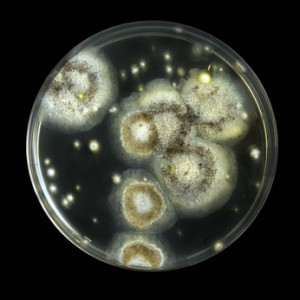Flooded? Tips on Staying Safe When Returning Home to Check for Mold
Flooding is the most common natural disaster throughout the world. According to the National Weather Service, flash floods and river floods caused more than $2.5 billion in property damages across the U.S. in 2014. Thirty-eight people were killed and numerous families were displaced from their homes temporarily.
When people did return to their residences, they found insects, rodents, and nasty mud inside. Water contains contaminants that encourage mold and fungus growth. The risk of mold inside your home is increased after a flood. Here are some tips from the Red Cross for staying safe when you return home after a flood.
Basic safety procedures
Be sure officials have declared the area safe. It is best to leave children and pets with someone else when you make your initial visit. You should bring proper ID to verify your address. The utilities may be down. Bring some bottled water, non-perishable food, and hand cleaning gel.
Document damages
Inspect the exterior of your home. Look for damage to power lines. If there is significant roof damage or cracks in the walls or foundation, it may not be safe to enter the building. If you smell natural gas, contact the fire department and leave the area immediately.
Have a camera to document everything. As you enter, open doors and windows to allow the house to air out. Snakes and other animals may be inside your home. Use a stick to poke through any piles of debris.
Clean up
Food items will begin to spoil quickly. Remove unsafe food any damp upholstered furniture. Call the experts at Stern Mold for a free inspection and treatment of mold and fungus.

